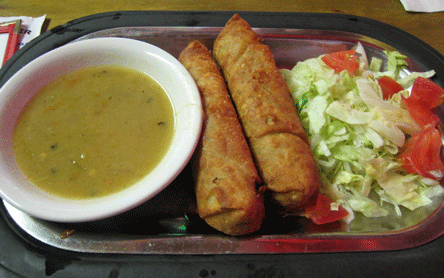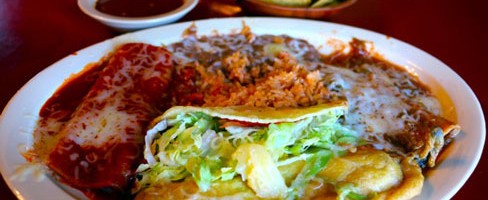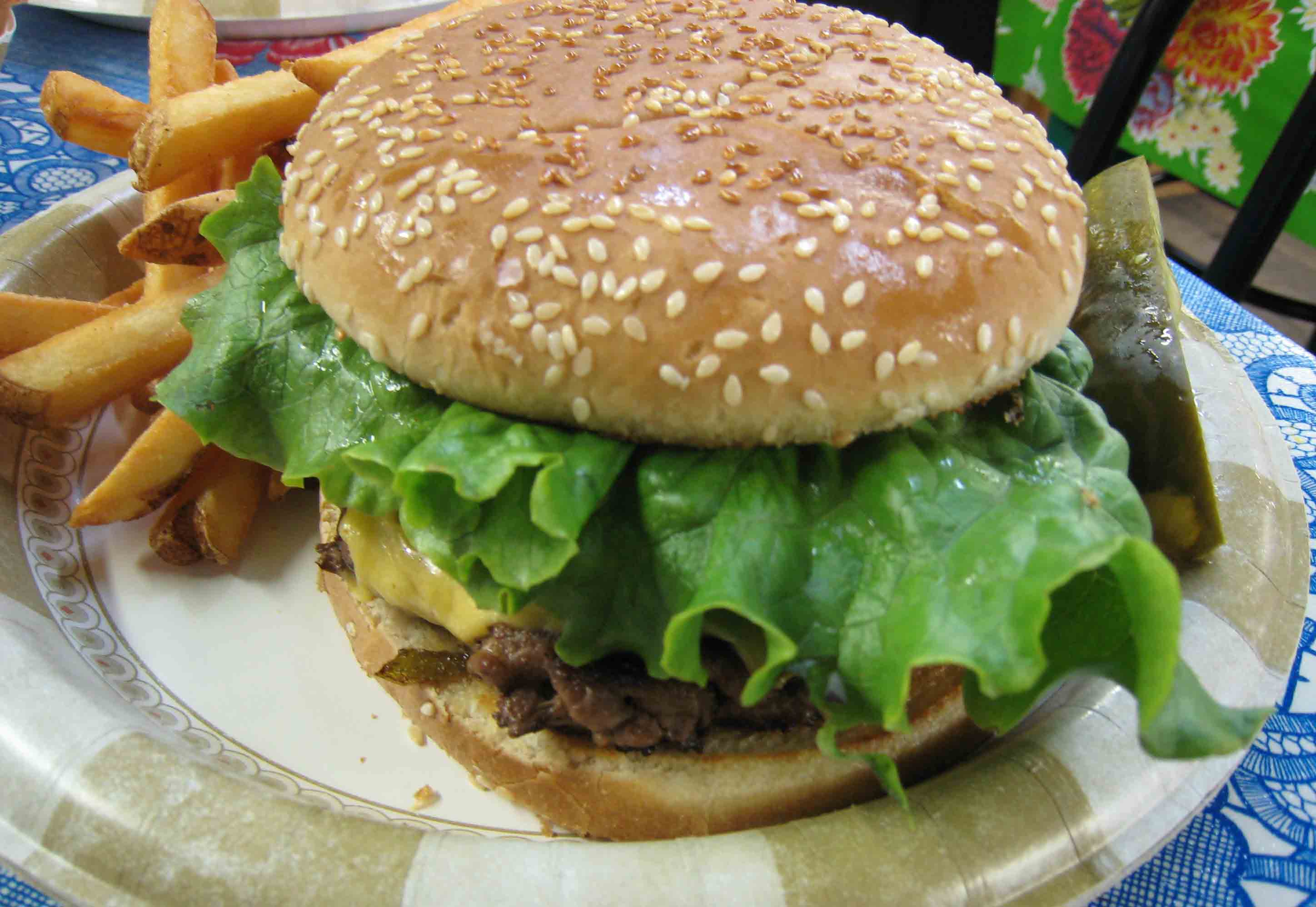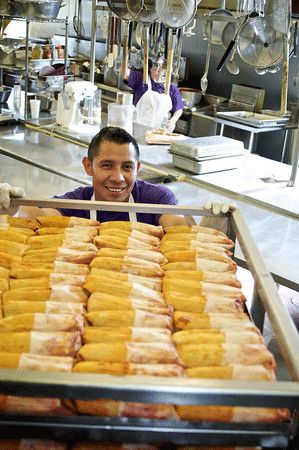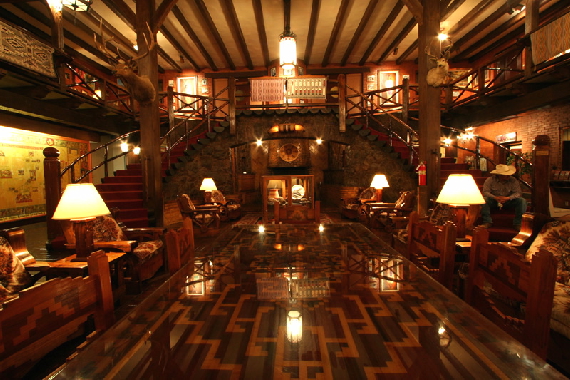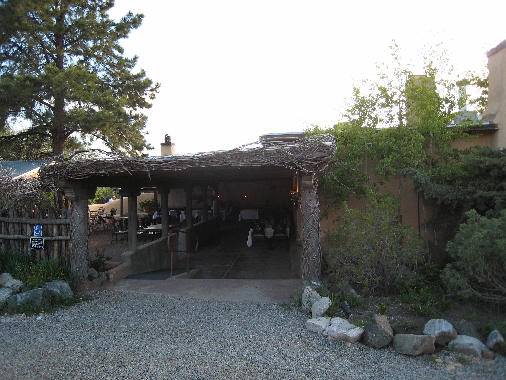Maria’s New Mexican Kitchen – Santa Fe, New Mexico
In 1712, the provincial governor for the kingdom of New Mexico decreed that henceforth, an annual reenactment of Diego De Vargas’ triumphant reentry into Santa Fe would be celebrated every year. Santa Feans have dutifully obeyed the proclamation ever since, making the Fiesta de Santa Fe the oldest civic celebration of its kind in North America. Approaching its 400th year, the Fiesta is renown not only for its pageantry and pomp, but for its respectful reflection on a significant historical event. By 1951, however, the Fiesta as we know it today, had degenerated into a parody of its former self, a victim of crass commercialism which Santa Fe’s Pulitzer Prize winning writer Oliver La Farge called “a shabby commercial carnival.” …
